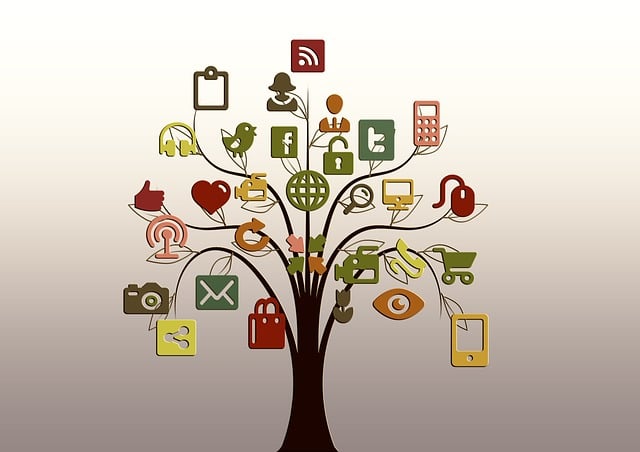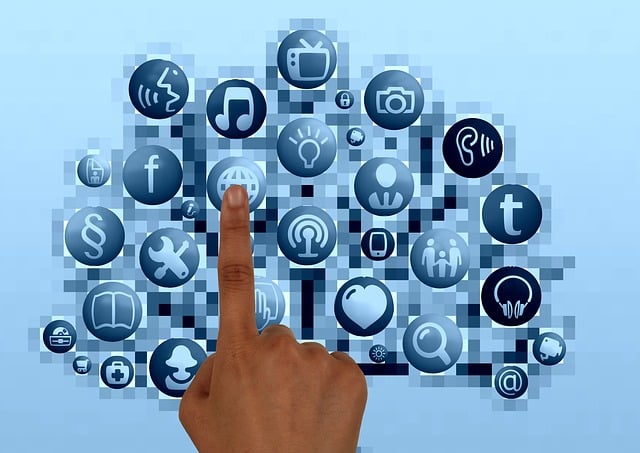Purpose
Consider all the advantages one can receive through social media in this day and age. It is an incredibly powerful tool. This blog post will give a simple overview of how social media can be used to raise awareness, increase donations, and bring in engagement for a non-profit. Strategies vary depending on your social media platform, so looking at different models is a good practice.
Why am I qualified of writing this blog?
I am capable of writing this blog because, for 6 months, beginning of November through April, I worked on a full social Media Strategy for a local non-profit in my community known as Recycle Bicycle Harrisburg. With the help of my partner, we took this project to the 2025 FBLA (Future Business Leaders of America) Pennsylvania State Leadership conference and competed in the Intro to Social Media Strategies competition. In that competition, we presented our strategy to 3 judges and received 8th place in the whole state for our respective competition.

Metrics Overview
In this portion of the blog, we will go over Metrics terminology that is important in creating a basis of knowledge for your understanding. Metrics are essentially a measure of tracking the performance of your content on social media. It is quantitative, and there are multiple different ways to quantify your data.
These forms of quantitative tracking measures include…
- User Engagement
- Amplification Rate
- Reach
- Conversion rate
- ROI (Return on Investment) tracking
User Engagement
User Engagement is the calculation of engagement that you receive on your posts divided by the number of your followers. It is used to determine the rate of engagement your followers are giving you on your posts. The higher the rate, the better. Although each Social Media Platform has different ideas as to its “good” engagement rates which we will discuss later on.

Amplification Rate
The amplification rate is the calculation of the number of shares you get on a post. This is used to determine your amplification rates. In this case the higher rate, the better.
Reach
Reach is the total number of unique users who see your content. It’s different from impressions, which track how many times your content is displayed (even if it’s to the same person multiple times). Monitoring reach helps you understand how far your message is spreading and which types of content get the most visibility.
Conversion Rate
Conversion rates track how much people took a specific action after interacting with your media and content strategy. Conversions can be things like donations, signing up for newsletters, registering for events, volunteering, etc… Off-topic, but for organizations with hopes to profit, purchases and sales can be an example of conversion rate contribution. To improve conversion rate, optimizing and utilizing call to actions is a crucial step.
ROI (Return on Investment)
Return on investment (ROI for short) is how much you’re actually getting out of your investments. Although using social media platforms and tools are free, you and your organization are still investing your time, effort, maybe even money into contributing to your strategies and creating content. ROI measures whether your investments are actually paying off. For example, let’s say you spend 2 hours a day every day working on your social media and about 20$ a week trying to keep ad campaigns up. If you end up receiving 100$ donations a month as a result and lots of attention and awareness towards your mission, your ROI is positive.
Platform-Specific Strategy Tips
Depending on your platform, you might want to change your approach on your strategies for each one. For example:
- Instagram works great for visual appeal and building your community through reels, stories, and image carousels.
- Facebook is good for promoting events and things related to donations. Since it already has fundraising tools, it’s especially good for donations.
- TikTok is good for educating and informing younger audiences about your mission through trends and viral challenges.
- LinkedIn is highly professional as a platform, so it’s great for professionally sharing your story, creating partnerships, and recruiting volunteers.
By changing your approach for each platform, you can maximize your strategy effectiveness.
In conclusion, social media marketing is not just to help the market for non profit organizations. It can actually be very impactful and an incredibly powerful tool to raise awareness and collect support with the right strategies, all while making a big difference. So, now that you’ve read about Social media marketing strategies and how to improve them, do you think you can market to different audiences?
